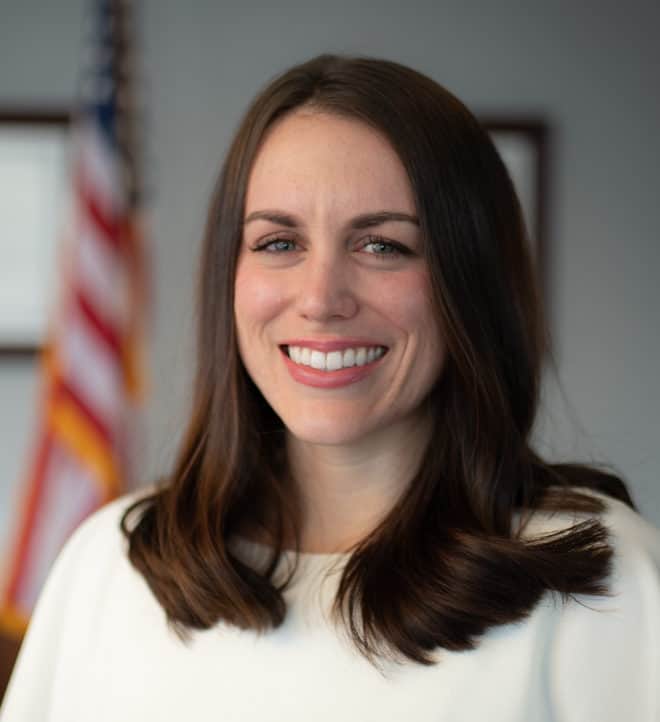
Written by Christine Cooke Fairbanks
March 7, 2018
Originally published by Utah Policy.
In the final days of the 2018 session, Utah’s legislative leaders have agreed to raise property taxes (freezing the state property tax rate) and put a gas tax increase on the ballot to fund public schools, in exchange for the death of a ballot initiative to hike income and sales taxes – assuming the deal passes the full Legislature.
Avoiding a highly problematic ballot initiative is something of a political achievement given the difficulty of increasing taxes on tax-averse Utahns – in an election year no less.
But will Utah also display the wisdom to pair increased funding with innovations that result in tangible improvements for students? We hope so, despite the fact that the current agreement lacks the necessary innovations in education solutions.
While one crisis may be averted – a bad policy via a bad process – the agreement to increase taxes on Utahns means that the conversation about how to really improve education policy should now be getting started. If Utah policymakers can articulate how new funds will translate to student learning, and implement that vision, this legislative victory could become a win for students – and thereby seize a valuable opportunity.
With new education funding in the coffers, policymakers should consider using new revenue to buy the freedom of teachers, principals and students from the burdens that accompany federal funding or to free families to pursue educational choices designed to fit their child’s personal learning needs.
Utahns love their local control. Utah policymakers and grassroots advocates perennially gripe about federal funding and mandates, and they periodically kick around the idea of cutting ties with federal funding altogether. Usually, the response is that we can’t live without that funding. But why not?
If we can cobble together at the end of the legislative session more than $350 million annually through a property tax freeze and another $150 million from a gas tax increase, surely we can be creative enough to part ways with our dependence on federal dollars (only roughly 7 percent of public education resources come from federal sources). Especially when the constraints that come with federal dollars are what keep districts from innovating in ways that make sense for their communities, hold schools to testing requirements that don’t match our state’s culture, or incentivize Utah to adopt any number of policies from which we inevitably seek waivers.
It’s time to recognize that our power to generate state funds means we really can buy our freedom from the captivity of federal money.
And Utah, for all its virtues, does not yet allow students and families adequate choices and flexibility to meet their unique educational needs. This is a stunning revelation for many, but it’s true.
Some children flourish in a standardized classroom education, while some thrive in a family-driven homeschool setting. But, as illustrated by the struggles of many children to read by third grade in public schools, and the financial difficulty of making the jump to full homeschool, many children fall somewhere in between.
It’s true that Utah offers parents of students with special needs the godsend of a choice program called Carson Smith Scholarship, but even this program severely limits what parents can choose to do with those dollars.
Why is it that the state that believes so deeply in parental choice doesn’t offer parents the ability to choose a state-funded a la carte education fitted to their student? Why do we insist on a customized experience in nearly every other area of our lives, and yet – when it comes to education – accept a system that instead demands our conformity and is too often behind the times regarding technology, employment trends and learning needs?
If we’re serious about making an impact with new funds, Utah should give parents and students the opportunity to be highly engaged in learning and satisfied with their educational experience by offering them robust choices.
All Utahns should be as interested in improving student outcomes as they are in staving off a bad policy created through a bad process (Our Schools Now tax hike ballot initiative) or in achieving the coveted ranking of second-to-last in per-pupil spending.
Since now is the time to talk money, it’s also the time to talk innovation. We owe it to our students.
More Insights
Read More
What you need to know about the upcoming state party conventions
The two major political parties are about to hold their state conventions. Here’s what you need to know.
Here’s why the First Amendment’s religion clauses are not in conflict
Some suggest there is a tension between protection for the free exercise of religion and the prohibition on the establishment of religion. But a better take is to see the two clauses as congruent.
Is California’s minimum wage hike a mistake?
Is raising the minimum wage a good tool to help low-income workers achieve upward mobility? That’s the key question at the heart of the debate over California’s new $20 an hour minimum wage law for fast food workers.


